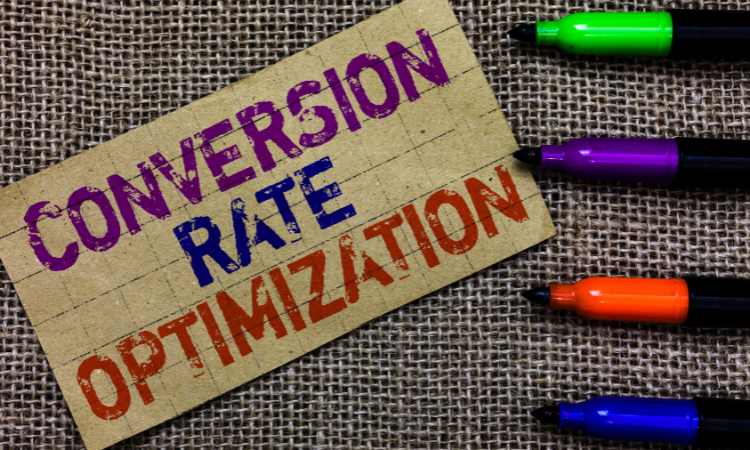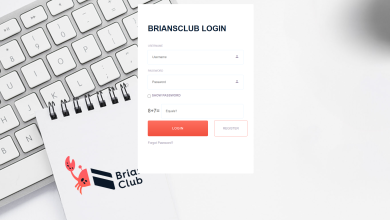Introduction
In the fiercely competitive world of e-commerce, driving traffic to your BigCommerce store is just the first step. The ultimate goal is to convert those visitors into paying customers. This guide will provide you with effective strategies to boost your BigCommerce store’s conversion rate, ensuring that your hard-earned traffic translates into tangible revenue.
1. Optimize Your Website Speed
One of the most critical factors affecting conversion rates is the speed of your website. Research indicates that even a one-second delay in page loading time can lead to a significant drop in conversions. To ensure optimal performance, consider the following steps:
Compress Images: Large images can slow down your website. Use compression tools to reduce their file sizes without compromising quality.
Minimize HTTP Requests: Reduce the number of elements on a page that require separate HTTP requests, such as images, scripts, and stylesheets.
Utilize Browser Caching: Instruct browsers to store static files, allowing returning visitors to load your site faster.
Upgrade Hosting Plan: Consider upgrading your hosting plan to one that can handle your website’s traffic and resource demands.
Use Content Delivery Networks (CDNs): CDNs distribute content across multiple servers, ensuring faster delivery to users around the world.
Regularly Audit Plugins and Scripts: Unoptimized or outdated plugins and scripts can significantly impact your site’s speed. Remove unnecessary elements and update others.
Pro Tip – You can check this Comprehensive guide for BigCommerce speed optimization
2. Implement a Clear Call-to-Action (CTA)
A compelling call to action is crucial for guiding visitors toward desired actions. Whether it’s “Add to Cart,” “Buy Now,” or “Subscribe,” make sure your CTAs are:
Visually Distinct: Use contrasting colors that draw attention to the CTA button.
Clear and Actionable Language: Use straightforward and persuasive language that leaves no ambiguity about the action you want the user to take.
Above the Fold: Ensure that the CTA is visible without the need to scroll down.
Strategically Placed: Position the CTA where users are most likely to make a decision, such as after a product description or at the end of a persuasive paragraph.
Tested and Optimized: Use A/B testing to determine which CTA variations perform best.
3. Leverage Social Proof
Consumers often rely on the opinions and experiences of others to inform their purchasing decisions. Incorporate social proof elements to build trust and credibility:
Customer Reviews and Ratings: Display authentic customer testimonials and ratings on product pages.
Showcase User-Generated Content: Encourage customers to share photos and experiences with your products.
Highlight Endorsements and Awards: Showcase any relevant industry awards or endorsements your products have received.
Display Trust Badges: Include security and payment badges to reassure customers about the safety of their transactions.
4. Simplify the Checkout Process
A complicated and time-consuming checkout process can lead to cart abandonment. Streamline the experience to maximize conversions:
Enable Guest Checkout: Allow customers to make purchases without creating an account.
Progress Indicators: Clearly indicate the steps required to complete the purchase.
Autofill and Auto-Detect Features: Simplify data entry by automatically populating fields and detecting location.
Multiple Payment Options: Offer a variety of payment methods to accommodate different preferences.
Security and Trust Signals: Display secure payment icons and reassure customers about the safety of their transactions.
FAQs
Q1. How can I measure my BigCommerce store’s conversion rate?
To measure your conversion rate, use analytics tools like Google Analytics. Set up goals to track specific actions such as purchases, sign-ups, or form submissions, and calculate the conversion rate by dividing the number of conversions by the total number of visitors.
Q2. Suggest the best tool to boost website loading time.
There are multiple tools available that promise to enhance website speed. But the one we recommend is Website Speedy. It is one of the best tools to optimize BigCommerce speed.
Q3. Are there any recommended image formats for e-commerce sites to maintain speed and quality?
Yes, for web use, it’s recommended to use JPEG format for photographs and PNG format for images with transparency. These formats strike a good balance between image quality and file size, helping to maintain website speed.
Q4. What role does mobile optimization play in improving conversion rates?
Mobile optimization is crucial, as an increasing number of users shop on mobile devices. Ensure your website is responsive, loads quickly on mobile, and offers a seamless shopping experience. Test your site on various devices to identify and address any issues.
Q5. How often should I solicit customer reviews and testimonials?
While you don’t want to overwhelm your customers, it’s beneficial to request reviews shortly after a purchase, when their experience is fresh in their minds. Automated follow-up emails or messages can be effective in this regard.
Next – How Much Does eCommerce Mobile App Development Cost in 2023





